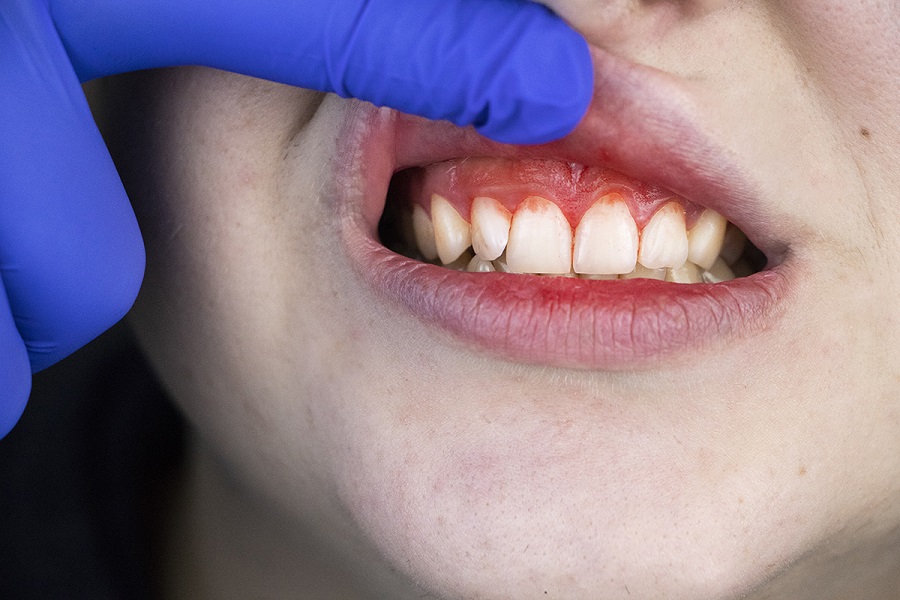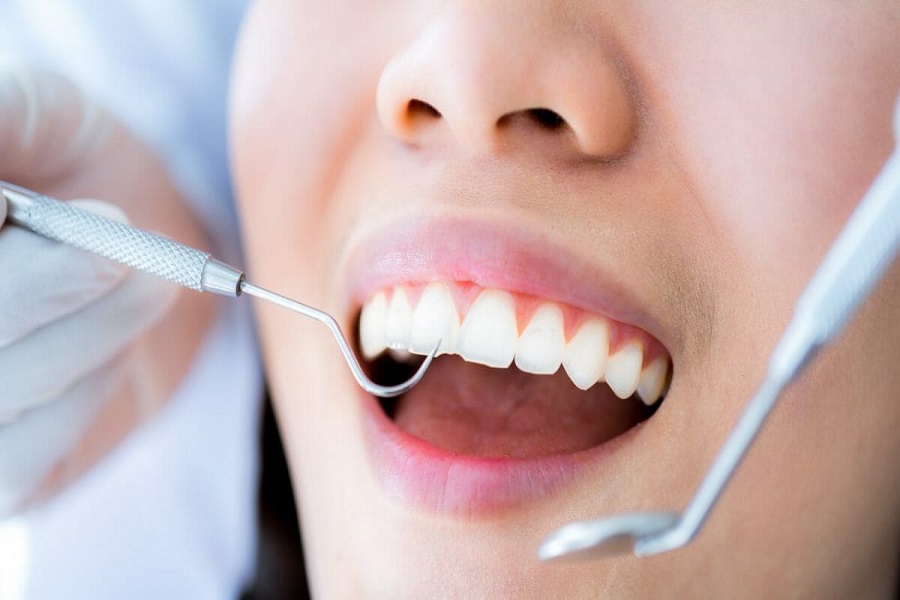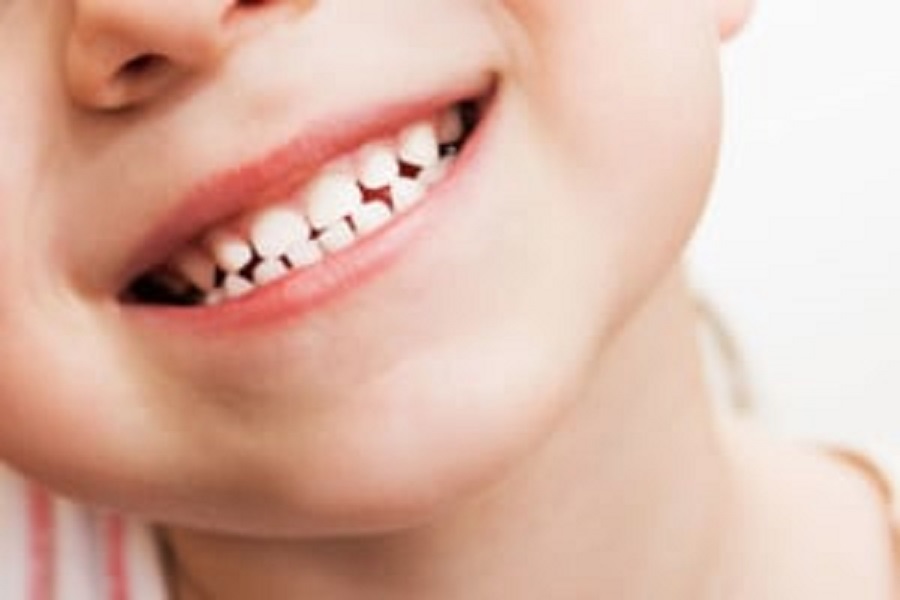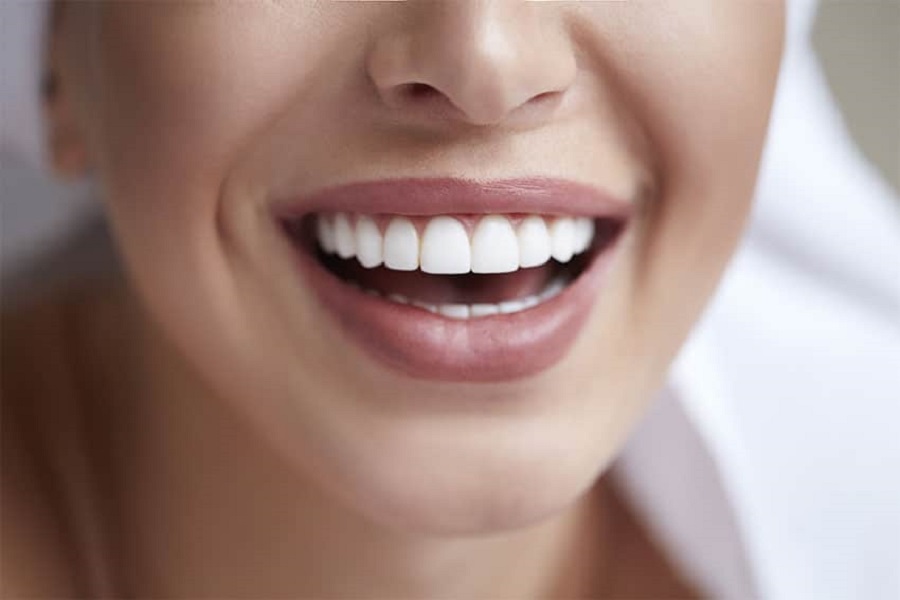Gingivitis manifests as red and swollen gums, bad breath, allergies to irritating foods, and bleeding. In mild cases, bleeding may occur when brushing your teeth. In severe cases, bleeding may occur when speaking and eating.
There are various types of gingivitis, but the most common and the highest incidence is chronic simple gingivitis, which is also called unclean gingivitis and marginal gingivitis. gingivitis. Chronic simple gingivitis only affects the gingival tissue, not other periodontal tissues. This gingivitis is a chronic inflammation caused by bacterial plaque on the tooth surface near the gingival margin. The etiology is clear. It is more common in children and adolescents. The prevalence rate is about 70%-90%. Gingivitis does not occur, most of which start at 5 years of age, and its prevalence and severity gradually increase with age, reaching a peak in puberty, and after puberty, the prevalence of gingivitis decreases with age. decreased, and the prevalence of gingivitis in adults was lower.
Mild chronic simple gingivitis affects the high gingiva and gingival papilla. In severe cases, it can invade the attached gingiva and anterior teeth, especially the mandibular anterior teeth. Bleeding gums when you bite fruit or brush your teeth. Healthy gums do not bleed even with vigorous brushing. The normal free gingiva is very thin and close to the tooth surface. When the gingiva is inflamed, the gingival margin is congested, red, swollen, and soft, the gingival margin becomes thicker, the interdental papilla becomes blunt and round, and the gingiva is not close to the tooth surface. The groove deepens, and in severe cases, the attached gingiva may be due to tissue edema, the stippling disappears, the surface is bright, the gingival margin may have erosion or granulation hyperplasia, and the gingival pocket may overflow with pus. The further development of gingivitis, a large number of gingival capillaries proliferate and expand, highly congested, and a large number of inflammatory cells and tissue fluid ooze out, resulting in gingival hypertrophy, which can cover part of the crown. At this time, the gingiva is dark red or dark red, and it is easy to bleed on probing.
If the disease course is longer, it can lead to the proliferation of gingival fibers and protruding gingiva. At this time, the color of the gingiva is slightly red or close to normal, the texture is firmer, and the bleeding is less. Since this disease only invades the gums and does not invade other periodontal tissues, the teeth do not loosen, and there is no abnormality in the alveolar bone, periodontal ligament, and cementum by X-ray examination.





























